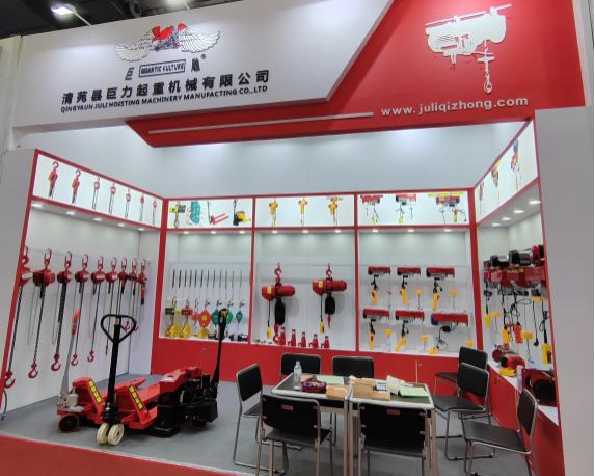


Understanding Overhead Crane Scales An Essential Tool for Modern Industries
In today’s industrial landscape, the efficient management of weight is paramount for optimizing production processes, ensuring safety, and enhancing overall operational efficiency. Overhead crane scales have emerged as a vital tool in this regard, allowing businesses to accurately weigh heavy loads suspended from cranes. This article delves into the significance, functionality, and advantages of using overhead crane scales in various industries.
What is an Overhead Crane Scale?
An overhead crane scale is a specialized weighing device designed to be suspended from an overhead crane. It facilitates the precise measurement of the weight of materials, components, or products as they are lifted by the crane. Typically equipped with high-accuracy sensors and digital readouts, these scales are engineered to handle the dynamic environment of industrial settings, including factories, warehouses, and shipping yards.
Importance in Industrial Operations
1. Safety Compliance One of the primary benefits of overhead crane scales is their contribution to safety. Overloading cranes is a significant cause of workplace accidents. By providing accurate weight measurements, these scales help prevent overload situations that could lead to crane failures, accidents, and injuries.
2. Efficiency Boost In industries where loading and unloading activities are common, overhead crane scales can streamline processes. Quick and accurate weight measurements enable faster decision-making during material handling, reducing downtime associated with manual weighing methods.
3. Inventory Management Overhead crane scales are invaluable for businesses that require precise tracking of materials for inventory control. By ensuring that the correct amount of materials is weighed and recorded, companies can maintain better inventory accuracy, thereby reducing waste and improving procurement efficiency.

4. Cost-Effectiveness Investing in overhead crane scales can result in significant cost savings over time. By preventing the unnecessary movement of overweight loads and reducing damage to materials and equipment, companies can improve their bottom line and ensure a more efficient workflow.
Features of Modern Overhead Crane Scales
Modern overhead crane scales come equipped with a range of advanced features designed to enhance usability and accuracy
- Digital Displays Most scales feature easy-to-read digital displays that provide instant weight readings, which can often be viewed from a distance. - Wireless Technology Many overhead crane scales now utilize wireless technology, allowing for remote monitoring and reducing the need for physical connection, resulting in a more streamlined operational workflow.
- Durability Built to endure harsh industrial conditions, modern scales are often constructed from robust materials that can withstand environmental stressors such as moisture, dust, and extreme temperatures.
- Load Cells High-quality load cells provide the accuracy and reliability needed for industrial applications, ensuring users can trust the weight data presented to them.
Conclusion
As industries continue to evolve, the demand for efficient and precise material handling solutions is more crucial than ever. Overhead crane scales stand at the forefront of this evolution, providing essential tools that ensure safety, enhance efficiency, and promote cost-effectiveness in operations. By adopting these innovative weighing solutions, businesses can navigate the complexities of modern manufacturing and logistics with greater ease and confidence. The investment in overhead crane scales not only pays off in operational efficiency but also fosters a safer working environment for all employees involved in handling heavy loads.



